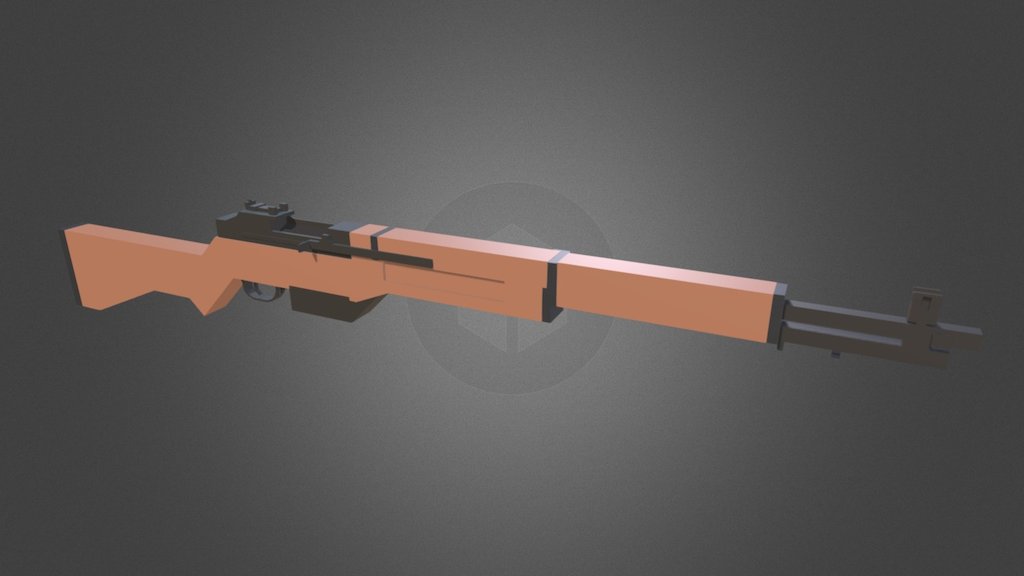
The IJA high command consistently resisted weapons modernization, fearing that it would lead to the infantry’s abandonment of tradition of hand-to-hand combat to win the decisive victory. A reliance on material goods, necessitating an extensive supply network, was viewed by the dominating forces within the Japanese high command as a modern evil that could destroy the fighting spirit of the IJA.

During the 1930s, the Japanese high command falsely believed that an army based on the Bushido code would not be hampered by Japan’s inadequate industrial base because it required neither state-of-the-art mechanization nor a cumbersome logistical tail. Much has been written that the Japanese infantry weapons of World War II were poorly designed and manufactured and ineffective in combat. His personal infantry weapon, the Arisaka rifle, would give him the means to exhibit these traits.

Bushido contributed significantly to a soldier’s supreme sacrifice, which demonstrated the qualities of honor, courage, and moral purity. Thus, the Japanese soldier was well known for his disregard for death. Above all, the new IJA infantryman would be imbued with a combination of obedience to the emperor and a moral essence to strictly adhere to a superior’s orders and the warrior code, Bushido, while refusing to disgrace himself and his family by surrendering to the enemy. Training units seldom conducted combined arms operations since the military dictum was that infantry would win decisively by closing with the enemy with bayonet assaults. Officers and noncommissioned officers (NCOs) began to indoctrinate the Japanese fighting élan into their conscripts through close combat training with an inordinate amount of time spent on bayonet fighting and hand-to-hand combat. After harsh and rigorous training with other cadets from his geographical district in the home islands, the new soldier was designated to a specific class ranking dependent on his capabilities.

As militarism grew in Japan in the early 1930s, conscription began at the age of 19, and the Imperial Japanese Army (IJA) cadet entered military service.


 0 kommentar(er)
0 kommentar(er)
